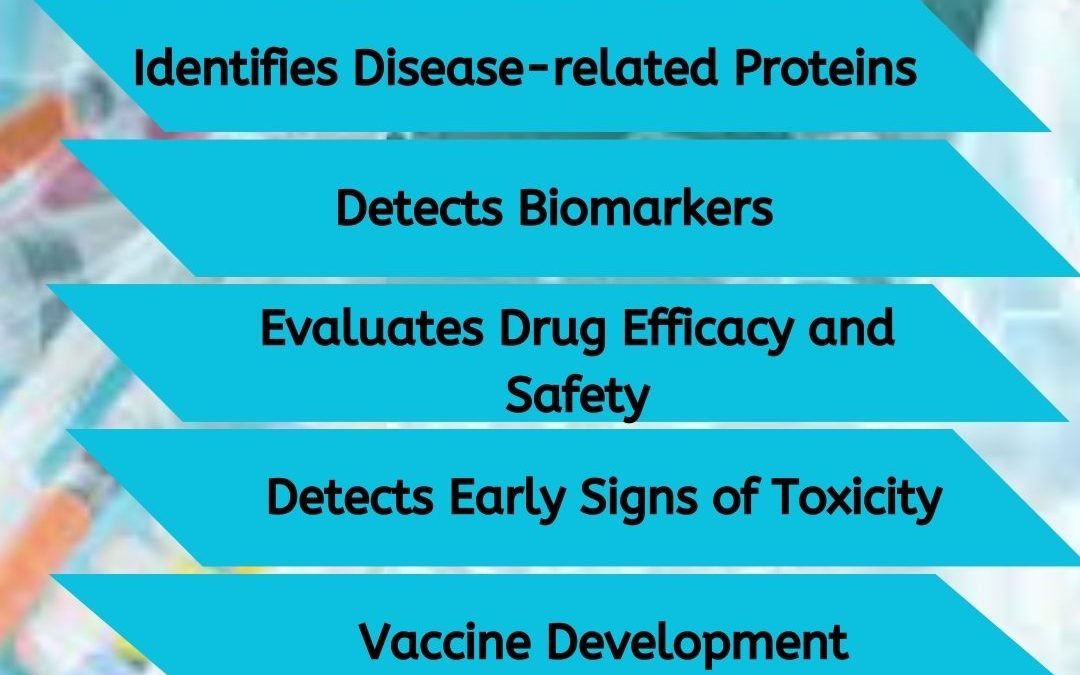
by MyBiosource Editorial Team | Jul 18, 2024 | Uncategorized
ELISA RIA Basic Principle Uses enzymes linked to antibodies. Detection is based on a color change or light emission from an enzyme-substrate reaction. Uses radioisotopes to label antigens. Detection is based on measuring radioactivity emitted from the antigen-antibody...

by MyBiosource Editorial Team | Jul 18, 2024 | Uncategorized
ELISA assays, while widely used and effective, face several challenges that can impact their accuracy and reliability. Key issues include cross-reactivity, where non-target proteins bind to antibodies, leading to false positive or negative results. Variability in...

by MyBiosource Editorial Team | Jul 17, 2024 | Uncategorized
In ELISA, documentation is critical for tracking validation steps and ensuring consistency throughout the process. Proper labeling of samples and reagents is essential to avoid mix-ups. Using a calibrated pipette for accurate measurements helps in...

by MyBiosource Editorial Team | Jul 17, 2024 | Uncategorized
Selecting the right ELISA kit is crucial for accuracy, precision, and reliable results in detecting and quantifying specific antigens or antibodies. The selection of the kit should be based on several criteria, including the kit’s quality, specificity,...

by MyBiosource Editorial Team | Jul 17, 2024 | Uncategorized
Sensitivity reflects a test’s ability to correctly identify individuals with a disease or condition, while specificity measures its ability to correctly identify those without the condition, crucial for minimizing false positives and false negatives. These...

by MyBiosource Editorial Team | Jul 16, 2024 | Uncategorized
Role of ELISA in Pharmaceutical Research: ELISA helps identify a potential range of biomarkers essential for drug development, clinical trials, and post-market surveillance. For example, it measures BCAM, SIGLEC-14, and ANGPTL-3 levels in preterm infants at risk of...









